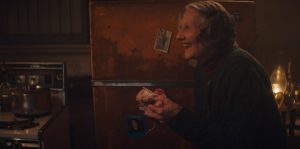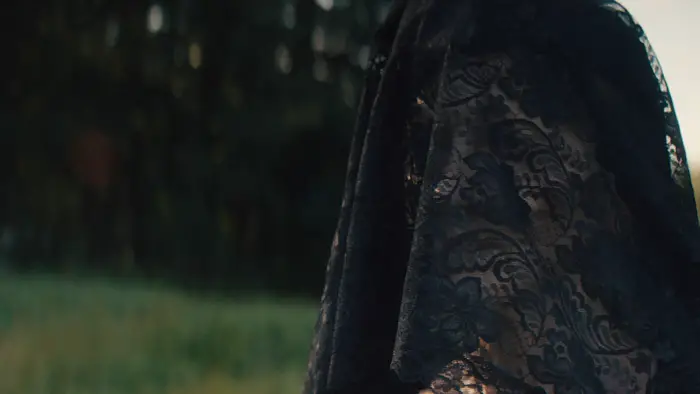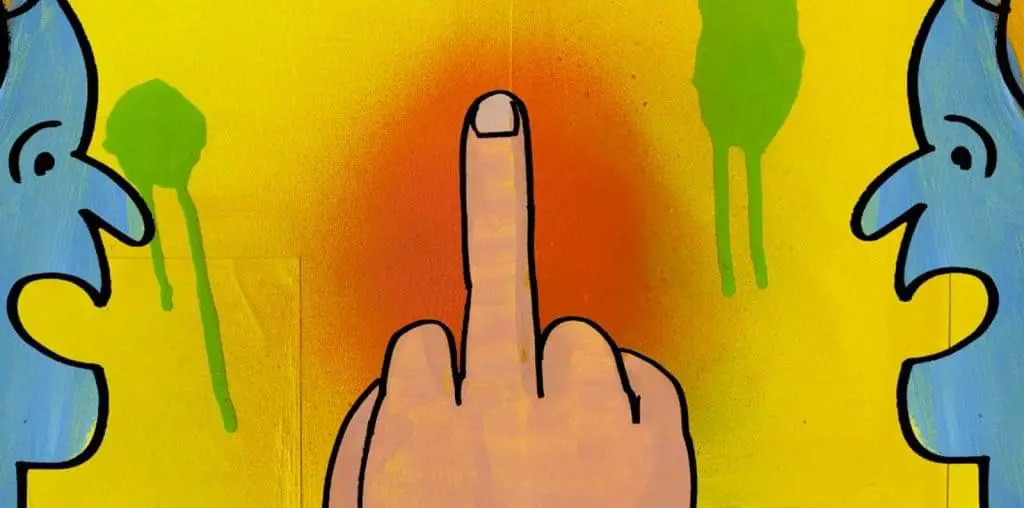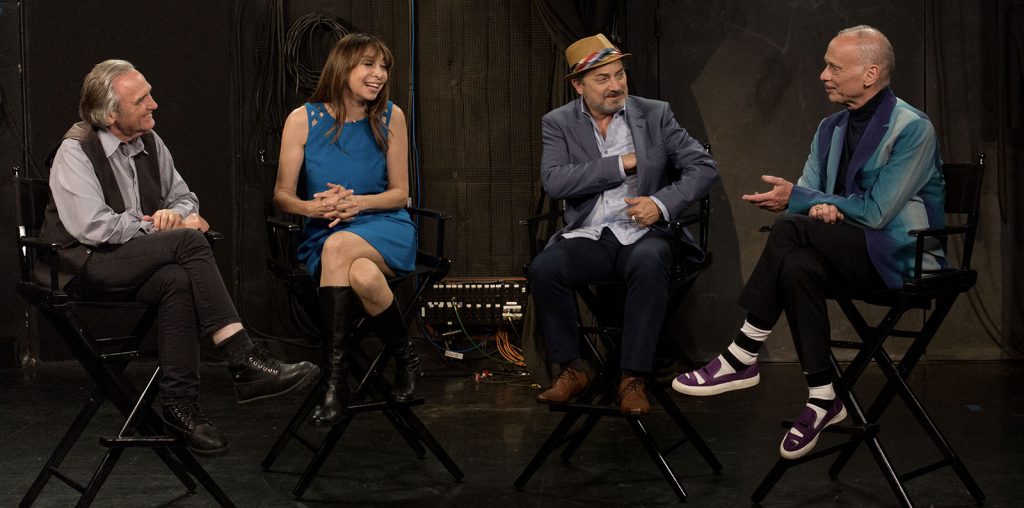
There’s a certain tradition of “hillbilly horror” that has created such masterful horror films as The Texas Chainsaw Massacre, House of A Thousand Corpses, and many, many more. Honeydew certainly belongs in this echelon. Devereux Milburn created a creepy family unit with interesting mythology that is extremely fascinating. The difference between this film and a lot of the others in its group? Location. Instead of Texas or Alabama or wherever else these films usually take place, the setting of Honeydew is rural New England, which is usually presented as a most civilized region. Seeing some weirdos out in the woods in somewhere other than the south or midwest is really refreshing. I was happy to talk to Devereux Milburn about his creation, which has been one of my favorite horror offerings of the year so far.
I love this sort of road movie sub-genre, so I was really into that. I just wanted to know how did you and Dan Kelly come up with this story?
Devereux Milburn: Yeah, so I had been writing a feature adaptation of a George Saunders story called The 400 pound CEO for almost two years at that point. I had been immersed in the themes of body image and dieting and existing in a world that didn’t have room for me. I was also frustrated with the fact that I hadn’t really directed anything in over a year, and I was anxious to get to work. Dan texted me in the midst of this frustration and said, “Would you be into directing a horror feature like next month?”
I immediately said, “Yeah, let’s do it,” all the while thinking, “How the hell are we going to make this work in such a short amount of time?”. You’re thinking, “Oh, we’d have a few friends work at CA, act for free, and we’d rustle some crew together and pay them in free meals.” We signed on Alan Pearson, who’s a producer, and quickly we sort of got to a better place where we had more time to develop and prepare.

“…this family having this very dark and dirty corner that they inhabited that they were able to create their own world out of…”
We got to casting, and we were able to fundraise, and over the course of developing the concept, Dan had sent me an outline centered on a couple on a camping trip. It actually initially started as sort of a creature film where essentially throughout the film, tormented by this woman in the woods. It quickly became something a bit deeper and more twisted and more bizarre and moving a bit away from the basic horror trope. So those are still featured, especially at the beginning.
I had just been sent an article by a friend who knew I was writing a horror script. The article was about mass poisoning in this small French village in the 1950s, where a lot of the citizens of this town were infected with ergot or came down with ergotism, which is a fungus typically found in rye. The bakery, it turned out in this town, had been producing a fungal bread. People were developing gangrene and having hallucinations and losing their minds and is committed to silence. I immediately just thought this could be an effective through-line that could connect them to someone who lives on this land; who’s a retired farmer; who has experience with having some blight having occurred, but also be infected by the fungus, which I fictionalized and called sordico so that I’d have a bit more room to play with the symptoms.
I wanted to know because I don’t think that I’ve ever asked this question to someone who’s edited and directed a movie. Since you knew that you were going to be editing this as well, do you find yourself being more economical in the way you shoot since you’re going to be the one going through the footage later? Or how do you work with that? Knowing that you’re doing both?
It was a three-pronged for our goal in that I wrote it, directed it, and edited it. So I was aware pretty early on that I had to be somewhat economical. However, when you know, you’re directing, I think one tends to add a bit more detail and fill in the cracks a bit more than one should, which I certainly did. It could be anything from adding heavy descriptions to embellishing dialogue to including notes on camera and blocking.
And I obviously had to use a separate script, but yeah, once you get on set and realize you only have 11 days to shoot and have a 105-page script, you start to think with an editor’s mind immediately. I think in some ways it does inform you when you’re writing, but in other ways, it’s easier to get carried away in just the freshness of the idea, because this is something that you’re only just discovering and you know that you can sort of do whatever the hell you want. If you’re working in genre, then that’s especially true.
It was certainly a learning experience in that regard. Once I did get the assembly strung out and saw what I had and how much meat there was to cut, so to speak, I was able to be more brutal about what I cut and more creative about how each scene interacted with the other.



This film is going down in horror history as a dark humorous, sick and depraved nightmare. And for true horror fans, you will find quite entertaining. Original to say the least.